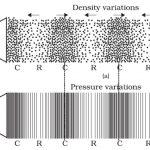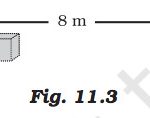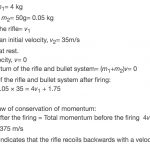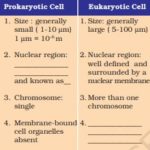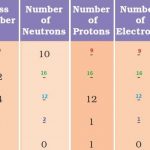Class 9 Science Chapter 12 Sound NCERT Solutions Page 162 1. How does the sound produced by a vibrating object in a medium reach your ear? Answer: When an object vibrates it forces the neighbouring particles of the medium to vibrate. These vibrating particles then forces the particles adjacent to them to vibrate.In this way, vibrations produced by an vibrating objects … [Read more...] about Chapter 12 Sound
NCERT
Chapter 11 Work and Energy
Class 9 Science Chapter 11 Work and Energy NCERT Solutions Question Answers, Page 148 1. A force of 7 N acts on an object. The displacement is, say 8 m, in the direction of the force (Fig. 11.3). Let us take it that the force acts on the object through the displacement. What is the work done in this case? Answer: Work done = Force × Displacement W= F × S W = … [Read more...] about Chapter 11 Work and Energy
Chapter 9 Force and Law of Motion
Class 9 Science Chapter 9 Force and Law of Motion NCERT Solutions Question Answers Page 118 1.Which of the following has more inertia: (a) a rubber ball and a stone of the same size? (b) a bicycle and a train? (c) a five rupees coin and a one-rupee coin? Answer : Inertia is the measure of mass of the body.The greater is the mass of a body, greater is its … [Read more...] about Chapter 9 Force and Law of Motion
Chapter 5 The Fundamental Unit of Life
Class 9 Science Chapter 5 The Fundamental Unit of Life NCERT Solutions Page 59 1. Who discovered cells, and how? Answer: Cells were discovered in 1665 by an English Botanist, Robert Hooke. He used a primitive microscope to observe cells in a cork slice. 2. Why is the cell called the structural and functional unit of ? Answer: Cell is the smallest unit of life … [Read more...] about Chapter 5 The Fundamental Unit of Life
Chapter 4 Structure of the Atom
Class 9 Science Chapter 4 Structure of the Atom NCERT Solutions Page 47 1. What are canal rays? Answer: Canal rays are positively charged radiations. These rays consist of positively charged particles known as protons. They were discovered by Gold stein in 1886. 2. If an atom contains one electron and one proton, will it carry any charge or not? Answer: Since an … [Read more...] about Chapter 4 Structure of the Atom
